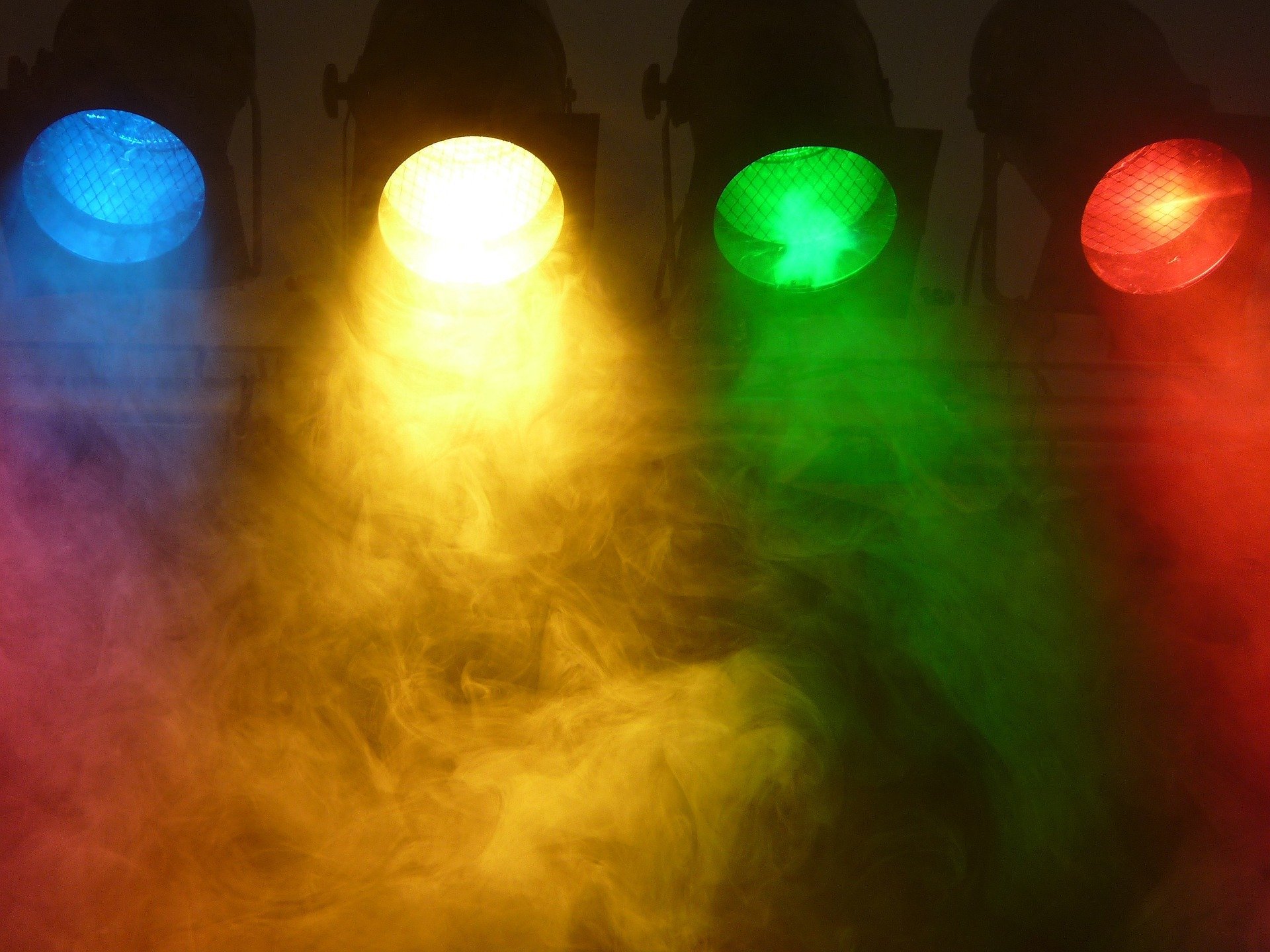
New Moon Ritual: June 2023
I really waffled on whether to write something this month. Not because what I saw was scary or inappropriate, but mostly because I don’t really understand or remember a lot of what I saw. I thought “I shouldn’t share this since I don’t even know what to say”, and then realized so much of what is shared on social media creates false expectations of perfection or mastery.

Queer Ancestor Spotlight: Jean Diot and Bruno Lenoir
In 1750 Jean Diot and Bruno Lenoir were arrested in Paris for what one magistrate called “committing crimes which propriety does not permit us to describe in writing”. They became the last people legally executed in France as punishment for homosexuality.

Queer Ancestor Spotlight: Flawless Sabrina
Mother Flawless Sabrina was a New York City-based American LGBT activist and drag queen. She was one of the first widely known drag queens in the United States, and was considered a pioneer for the transgender and drag communities.

New Moon Ritual: April 2023
While the Call To Action post would technically qualify as my first post-ritual write up, I did not intend to make a habit out of writing down the thoughts and experiences I have during these monthly practices. After this month’s ritual, however, I think that recording these somewhere might be a good idea. And since I manage this blog it seemed like 1) an easy option and 2) allows y’all to engage with this process if you feel so inclined.

Call To Action: Tending To The Dead
I want to start this by saying I am in no way the first person to discuss the otherworldly impacts of things like war, the pandemic, or climate change when it comes to the dead. If anything, I’m just adding to a list of voices that are calling for the same thing - the need to tend to our dead. The beginning of Spring (in the northern hemisphere) might seem like a weird time to draw attention to death and the dead, after all this is the time of rebirth and new beginnings and life coming back into the world, but strangely I think that is exactly why it’s important to remember our dead right now.

Queer Ancestor Spotlight - Gladys Bentley
Gladys Alberta Bentley was an American blues singer, pianist, and entertainer during the Harlem Renaissance. She rocketed to fame in the 1920’s as a black, lesbian, cross-dressing performer. Her signature look incorporated a tail coat and top hat, and she was notorious for flirting with women in the audience.

Queer Ancestor Spotlight - Homomonument
The Homomonument is the first monument in the world to commemorate those in the LGBTQ+ community who were killed by the Nazis, and has since become a symbol for everyone who has been persecuted because of their sexual orientation.

Personal: Magical Thinking Won’t Stop Fascism
I’m writing this blog post after driving to work listening to a podcast that just made me more and more frustrated. I’m not going to say which podcast it was because I’ve spent my entire adult life on the internet and the current social media culture doesn’t exactly allow for nuanced critique. The episode was about taking care of yourself in this larger socio-political global moment and navigating the feelings of shame, guilt, obligation that come up when feeling like you need to prioritize your own safety and sanity. This is something that deeply resonates with me right now and I was hoping for a few “A-ha!” moments, and instead I got a greatest hits of what I can only call privileged magical thinking.

Queer Ancestor Spotlight: Perry Watkins
Perry Watkins was an out gay Black man and American military officer. He was unapologetic about who he was for his entire life and continually stared down the systems that sought to oppress LGBTQ+ people in the military. Following a nearly twenty year military career his sexuality was finally turned against him and he decided to fight it in the courts. He would go on to win the first appellate court case against the US military’s ban on lesbian and gay service members.

Queer Ancestor Spotlight: David Spada
How many of you are familiar with “Freedom Rings”? They are a set of six aluminum rings, each one a different color of the rainbow, and could be worn as rings, earrings, or necklaces. They were by New York artist David Spada in the early 1990’s and became a recognizable symbol of LGBTQ+ pride in the late 20th century.
